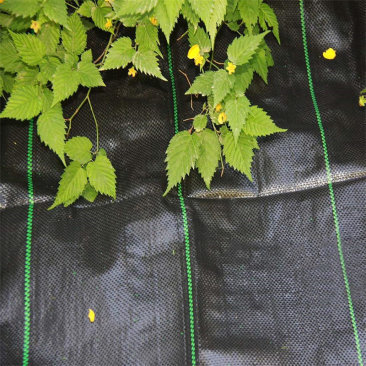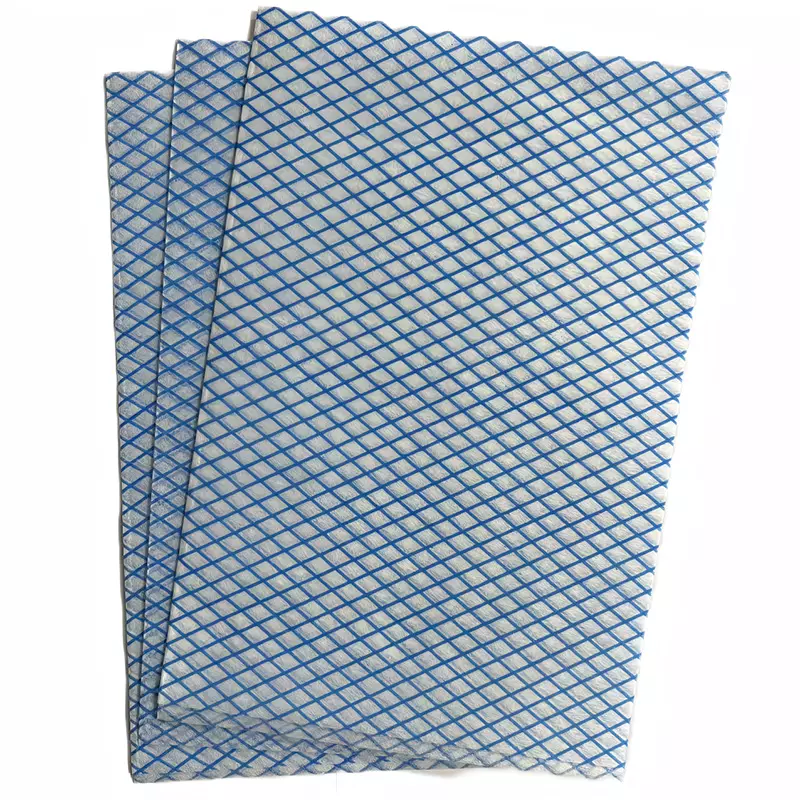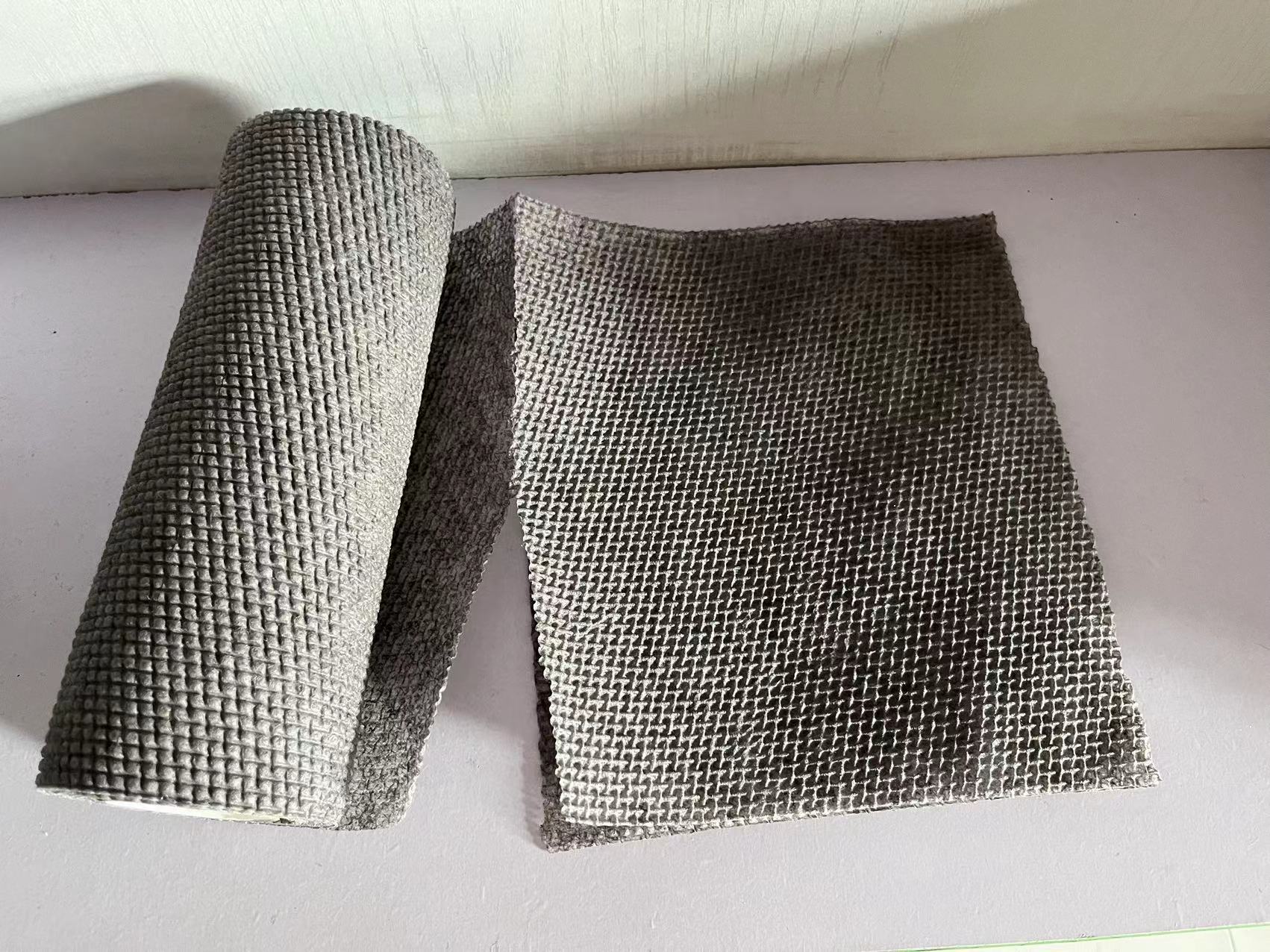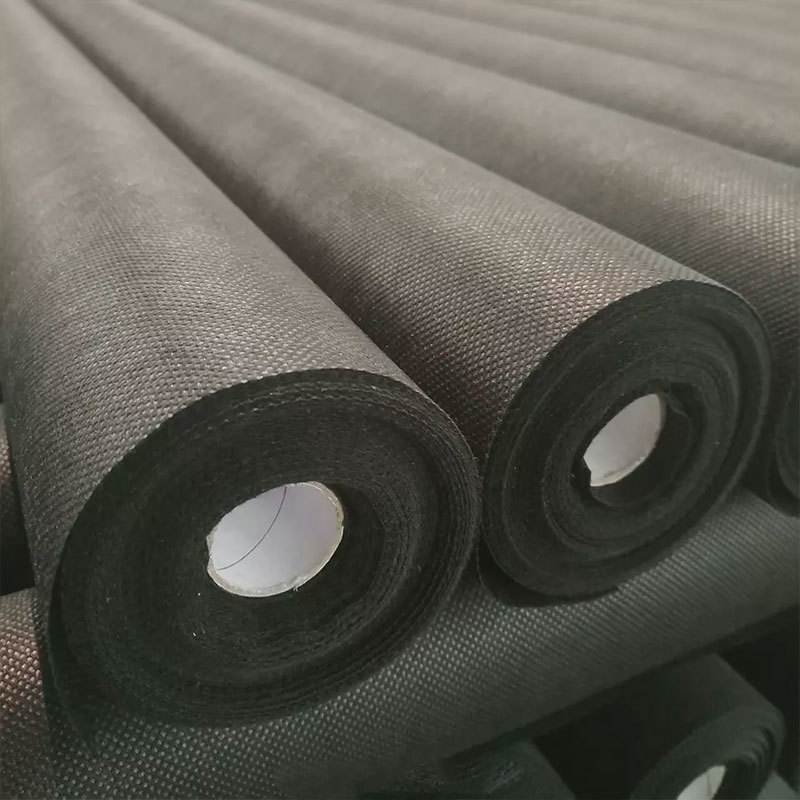30
2025
-
06
Understanding Geotextile Landscape Fabric: Essential Insights for Construction and Landscaping
Geotextile landscape fabric is a vital component in modern construction and landscaping, offering a range of benefits that enhance project efficiency and longevity. This specialized textile serves primarily to separate, filter, reinforce, and protect various materials in construction applications. Understanding its properties and applications can greatly improve the outcome of landscaping and cons
Geotextile landscape fabric is a vital component in modern construction and landscaping, offering a range of benefits that enhance project efficiency and longevity. This specialized textile serves primarily to separate, filter, reinforce, and protect various materials in construction applications. Understanding its properties and applications can greatly improve the outcome of landscaping and construction endeavors.
One of the most significant advantages of geotextile landscape fabric is its ability to prevent soil erosion. In areas prone to heavy rainfall or runoff, this fabric acts as a barrier, allowing water to pass through while holding soil particles in place. This is particularly important for slopes, gardens, and pathways where soil stability is a concern. By utilizing geotextile fabric, you can maintain the integrity of your landscaping while promoting healthy plant growth.
Additionally, geotextile landscape fabric plays a crucial role in drainage systems. When used in conjunction with gravel or other drainage materials, it prevents fine soil particles from clogging drainage systems, ensuring proper water flow. This is essential in preventing water pooling and managing stormwater runoff effectively, which is increasingly important in today’s climate-aware construction practices.
Installation of geotextile fabric is relatively straightforward, making it an accessible option for both professional contractors and DIY enthusiasts. The fabric should be laid down over the prepared ground, overlapping edges where necessary to ensure complete coverage. It is important to secure the fabric with stakes or pins to prevent movement during the installation of additional materials, such as gravel or soil layers.
When selecting geotextile landscape fabric, consider the specific requirements of your project. Different types of fabrics vary in permeability, strength, and durability. For instance, woven geotextiles are often used in applications requiring strength and soil stabilization, while non-woven fabrics are better suited for filtration and drainage tasks. Matching the right type of fabric to your project needs is crucial for achieving optimal results.
In summary, integrating geotextile landscape fabric into your construction and landscaping projects can significantly enhance soil stability, improve drainage, and prevent erosion. Its ease of installation and versatility makes it a valuable material in creating sustainable and effective outdoor spaces. Whether you are a professional in the field or a homeowner looking to improve your garden, understanding the use of geotextile landscape fabric will undoubtedly lead to better outcomes in your projects.
One of the most significant advantages of geotextile landscape fabric is its ability to prevent soil erosion. In areas prone to heavy rainfall or runoff, this fabric acts as a barrier, allowing water to pass through while holding soil particles in place. This is particularly important for slopes, gardens, and pathways where soil stability is a concern. By utilizing geotextile fabric, you can maintain the integrity of your landscaping while promoting healthy plant growth.
Additionally, geotextile landscape fabric plays a crucial role in drainage systems. When used in conjunction with gravel or other drainage materials, it prevents fine soil particles from clogging drainage systems, ensuring proper water flow. This is essential in preventing water pooling and managing stormwater runoff effectively, which is increasingly important in today’s climate-aware construction practices.
Installation of geotextile fabric is relatively straightforward, making it an accessible option for both professional contractors and DIY enthusiasts. The fabric should be laid down over the prepared ground, overlapping edges where necessary to ensure complete coverage. It is important to secure the fabric with stakes or pins to prevent movement during the installation of additional materials, such as gravel or soil layers.
When selecting geotextile landscape fabric, consider the specific requirements of your project. Different types of fabrics vary in permeability, strength, and durability. For instance, woven geotextiles are often used in applications requiring strength and soil stabilization, while non-woven fabrics are better suited for filtration and drainage tasks. Matching the right type of fabric to your project needs is crucial for achieving optimal results.
In summary, integrating geotextile landscape fabric into your construction and landscaping projects can significantly enhance soil stability, improve drainage, and prevent erosion. Its ease of installation and versatility makes it a valuable material in creating sustainable and effective outdoor spaces. Whether you are a professional in the field or a homeowner looking to improve your garden, understanding the use of geotextile landscape fabric will undoubtedly lead to better outcomes in your projects.
geotextile landscape fabric












